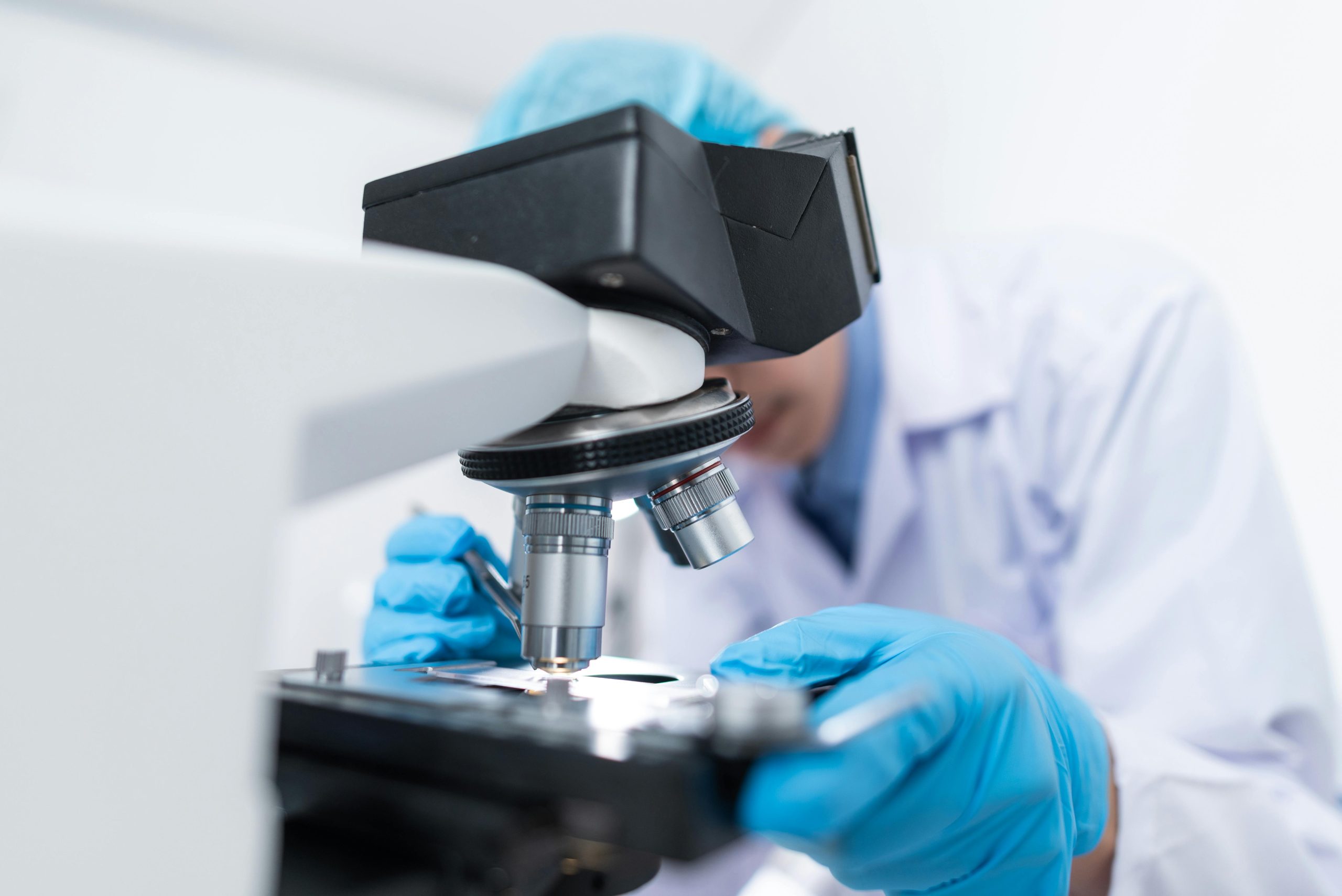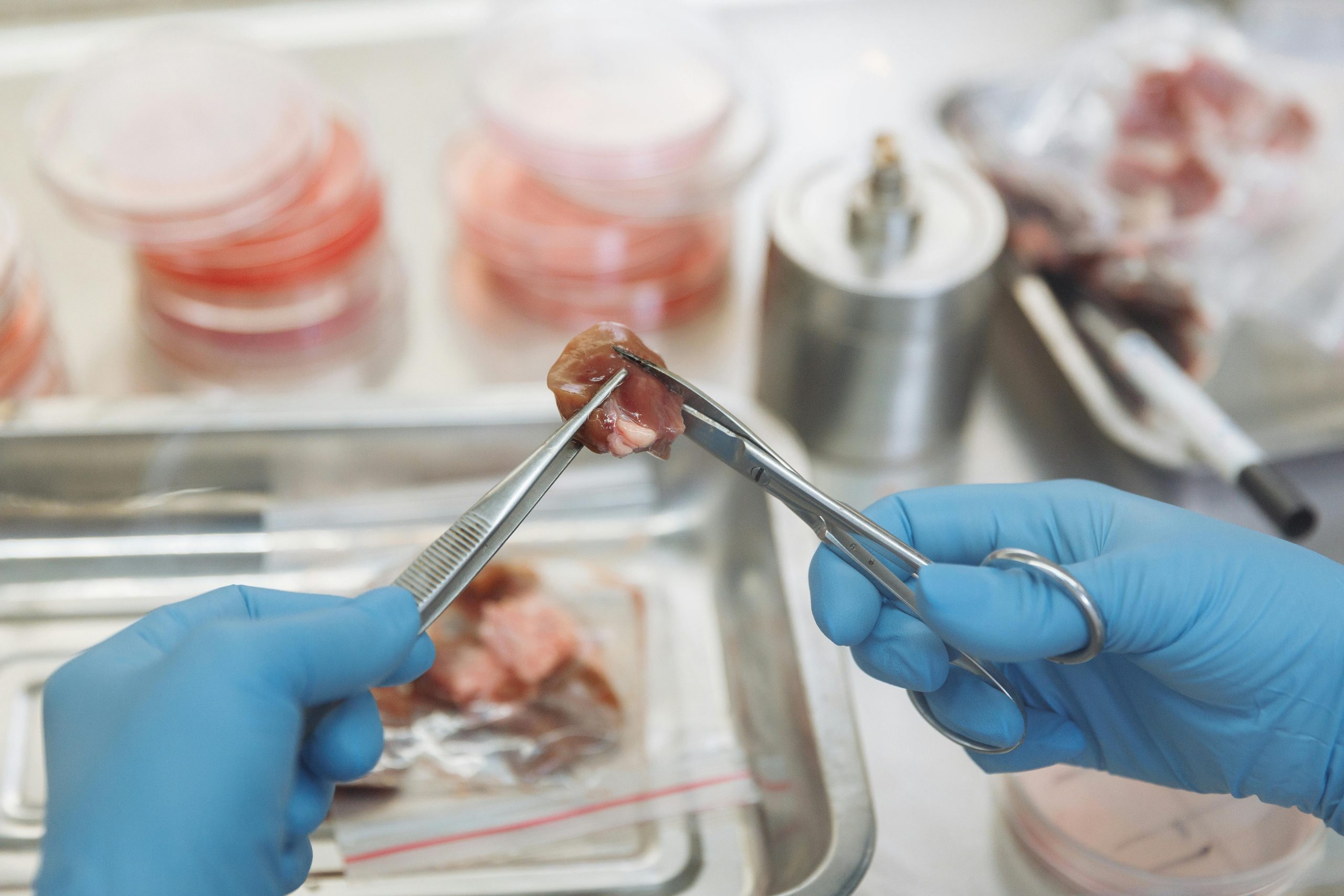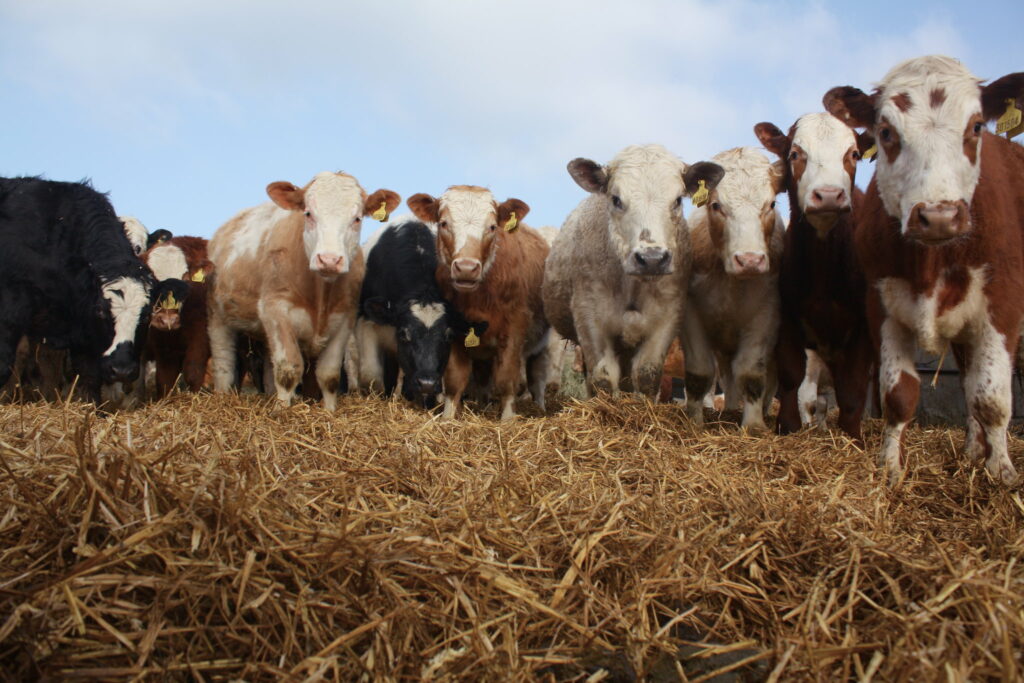Understanding the Basics of Lab-Grown Meat
What Is Lab-Grown Meat?
Lab-grown meat, otherwise known as cultivated or cell-based meat, is a novel discovery in food technology. Conventional meat denotes the rearing and slaughter of animals, while with cultured meat, animal cells are grown under controlled conditions within the laboratory. This new approach does not involve large-scale animal farming, but still offers the same nutritional and sensory experience as conventional meat.
It involves taking a small sample of animal cells, and culturing them in a nutrient-rich medium meant to mimic the conditions that are usually required for animal growth. Given time, these cells will grow and eventually develop into muscle tissue, which is the main component of meat. This process not only reproduces the texture and flavor of meat but also avoids many of the ethical and environmental problems associated with more traditional methods of raising livestock.
Why Focus on Protein from Cultivated Meat?
Protein is a very important macronutrient for growth, repair, and good health overall. By the year 2050, the population of the world will reach approximately 9.7 billion people, hence the need for protein will increase radically. Animal meat production is resource-intensive and environmentally hazardous; hence, the importance of research into other sources of protein.
That’s where cultured meat takes center stage: a sustainable, scalable response to all of these challenges. It involves far less land and water compared to animal husbandry, while it produces significantly fewer greenhouse gas emissions. Such novelty could meet the world’s increasing protein requirements with no depletion of natural resources or accentuation of climate change.

The Science Behind Lab-Grown Meat
Cultivated meat manufacturing employs some of the newest approaches in biotechnology and bioprocessing. This goes from refining cell reproduction to scaling up in bioreactors, and science is continuously improving with respect to lab-grown meat. This is driving large-scale commercialization and bringing lab-grown protein closer to consumers’ plates.
The Environmental Benefits of Lab-Grown Meat
Reducing Greenhouse Gas Emissions
The agriculture of livestock is one of the most contributing factors to GHG emissions; cattle produce a great amount of methane. Over a 20-year period, methane traps heat in the atmosphere up to 80 times more intensely than carbon dioxide, which greatly enhances its contribution to global warming. Lab-grown meat, however, reduces methane emissions dramatically because it doesn’t involve rearing livestock.
A life cycle assessment for lab-grown meat production estimates it can reduce GHG emissions by as much as 90% compared to traditional beef production. Decarbonization and attaining overall global sustainability goals depend a lot on land, water, and meat production. Moving to lab-grown meat means taking a long stride toward mitigating climate change.

Conserving Land and Water Resources
The traditional way of raising livestock includes huge areas for grazing and feed crop production, which leads to deforestation and habitat loss. Besides, the water footprint of meat production is huge: several thousands of liters are required to produce just one kilogram of beef.
Cultivated meat production uses a fraction of these resources. Studies show that the production of 1 kilogram of lab-grown meat requires only 2-3 square meters of land, as well as a lot less water. This, of course, makes lab-grown meat a plausible alternative for regions that experience water and land scarcity.
Preserving Biodiversity and Reducing Pollution
This growth has caused the destruction of ecosystems, hence endangering wildlife and reducing biodiversity. In addition to this, agricultural runoff from fertilizers and animal waste pollutes the water, harming aquatic life and affecting human health.
By switching from conventional meats to cultured ones, some of the deforestation going on now for raising livestock would not be as dire. This may provide a pointer toward the salvation of biodiversity and ensure much cleaner water for future generations.
Economic and Social Implications
Building a Sustainable Food Economy
The global cultivated meat market, valued at $2.3 billion in 2023, is projected to grow to $8.2 billion by 2033. This rapid growth reflects the increasing consumer demand for sustainable food options and ongoing investment in food technology. Governments and private investors recognize the economic potential of lab-grown meat, and even food companies are supporting its development.
With increased mass production and improvement in processes, cultivated meat will be cheaper, hence more affordable to more people. That affordability, together with the environmental benefits it is expected to accrue, places cultivated meat as perhaps a central part of a sustainable food economy.
Confronting Food Security Challenges
Food security is an increasing, worldwide concern, from hunger to nutritional health. As natural resources become increasingly compromised, the traditional method of livestock production may not meet the current demand for protein. Clean meat will provide a very consistent and more scalable source of protein that is less susceptible to environmental and economic disruption.
On the other hand, lab meat production may provide a more regular supply of food to those regions where climate change has already shown itself in events such as drought and extreme weather. Hence, it would greatly reduce global hunger and improve nutrition.
Empowering Ethical Consumer Choices
Consumer preferences have been gradually shifting towards ethical and sustainable food. Lab meat, for that matter, aligns with such values because it gives consumers a cruelty-free alternative to conventional meat. The same quality and taste that consumers expect are met through cultivated meat, addressing ethical concerns by excluding the need to slaughter animals.
Conquering Challenges and Building the Future
Addressing Production Costs and Scalability
One of the main challenges for the cultivated meat industry is to bring down production costs since the process is so expensive that it puts lab-grown meat at a disadvantageous competitive position against its conventional counterpart. However, further advances in bioprocessing technology and economies of scale are foreseen, bringing the price of lab-grown meat down for consumers.
The other challenge is scaling up production. Bioreactors and processing facilities have to be built up to meet increasing demand. This barrier will, of course, be required for large-scale commercialization involving collaboration across governments, academia, and industry.

Regulatory and Consumer Acceptance
For lab-grown meat to succeed, it must gain regulatory approval and consumer trust. Governments play a pivotal role in establishing safety standards and creating pathways for commercialization. Transparent communication about the benefits and safety of cultivated meat can help build consumer confidence and drive adoption.
Similar misconceptions about lab-grown meat can be overcome through public education campaigns and strategic marketing that communicates its environmental and health benefits. The more consumers learn the more accepting they will be of cultivated meat.
Innovating for a Sustainable Future
But cultured meat has so much more potential beyond protein. The technology will trickle down into seafood, dairy products, and even plant-based innovations. If a culture of innovation and collaboration is further cultivated within the food industry, together, more and more solutions will continue to emerge that not only feed an increasing population but protect the planet.
Conclusion: A New Era in Protein Production
Lab-grown meat represents a sea change in the way we produce and eat protein. Tackling the environmental, ethical, and economic pitfalls of traditional meat production all in one fell swoop-cultivated meat may become a game-changer for the food industry.
If we continue to innovate and invest in this arena, it could actually become one of the core underpinnings of a sustainable, equitable food system. With support from various stakeholders at all levels of the value chain-from researchers to consumers this technology could meet the protein needs of a growing population while safeguarding the planet for future generations.









